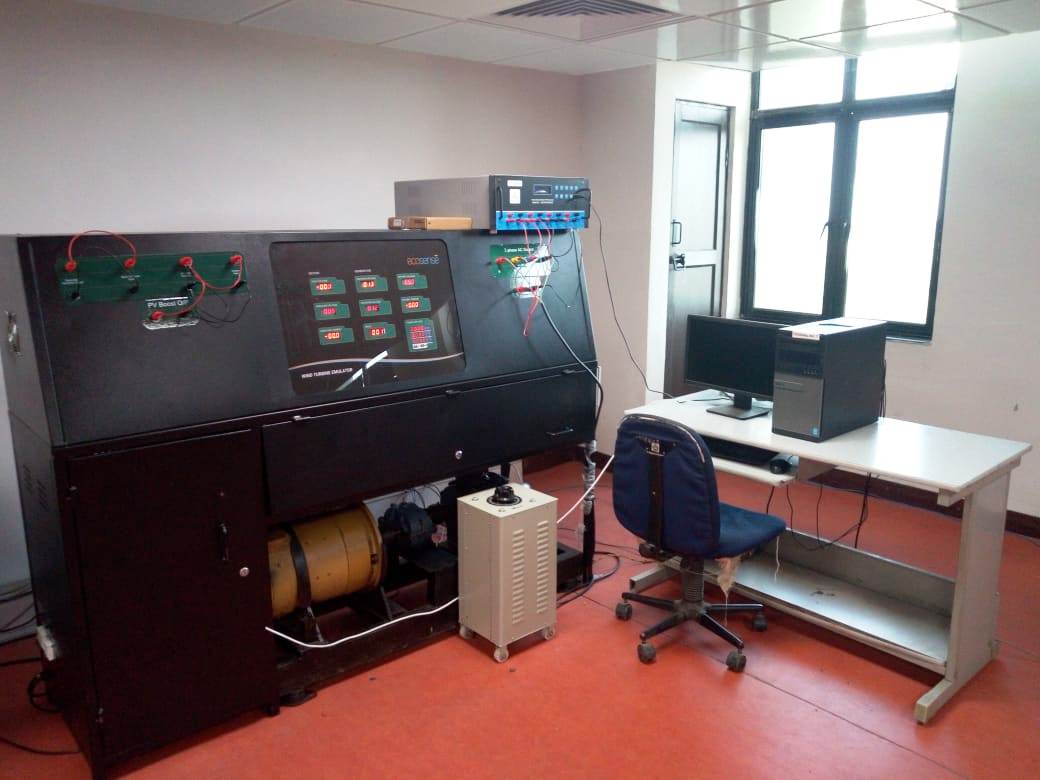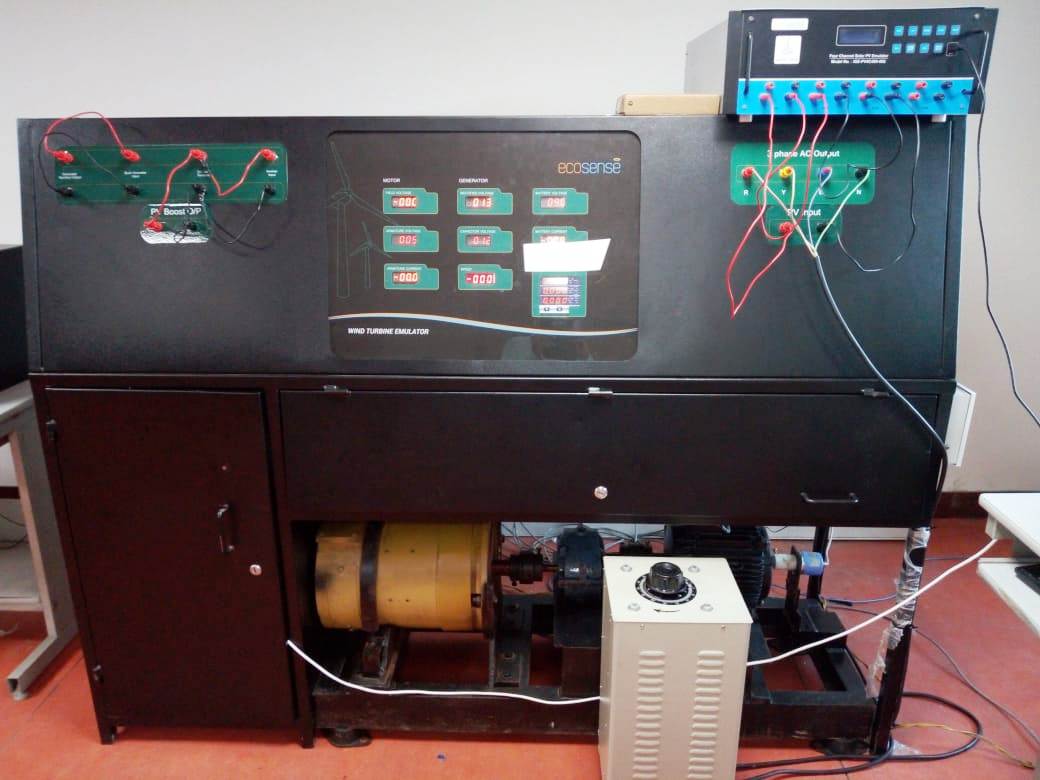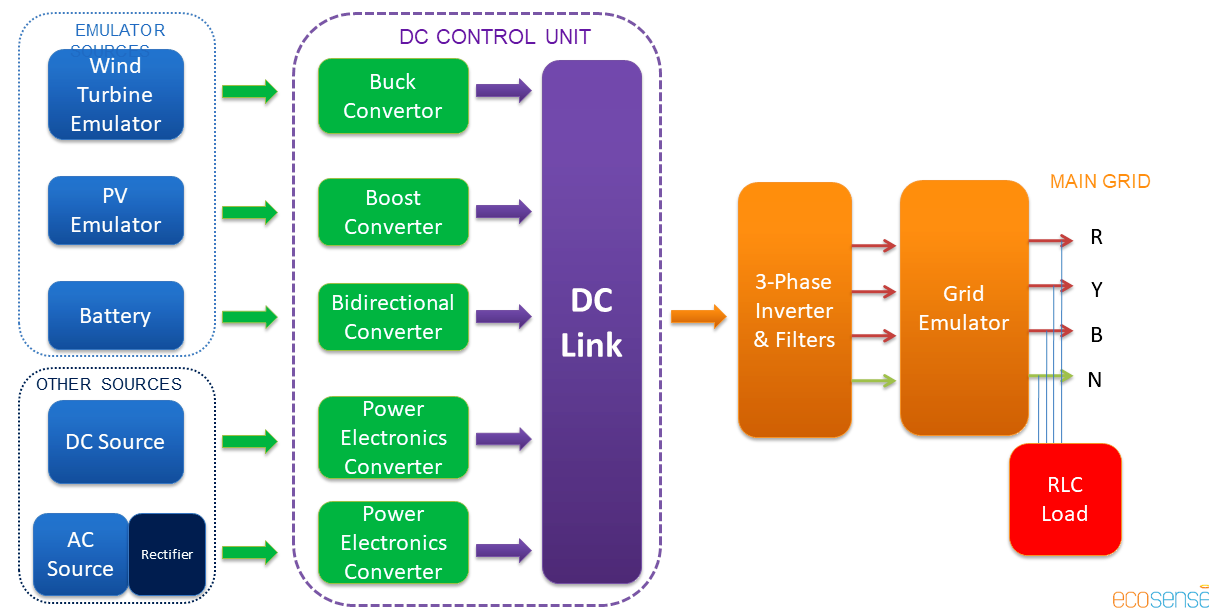The conventional electrical
system in place today sees our electrical devices powered by AC mains. But as
renewable technologies such as solar Photovoltaics and wind power become more
prevalent at a household level, DC micro-grids could be a cheaper and more
efficient alternative.
Take lighting and ‘gadgets’
for example. Lighting is widely considered to account for around 20% of global
electricity consumption, and a recent report from the International Energy
Agency estimates that up to 15% of domestic energy is consumed through ‘gadgets’
- i.e. computers and consumer electronics. LEDs are emerging as a preferred
option for high efficiency lighting, and they run on DC power. Similarly, most
gadgets operate on DC power, so these two sectors alone add significant and
increasing global consumption of electricity by DC devices. But these are
presently powered by AC mains via multitudinous individual transformers.



